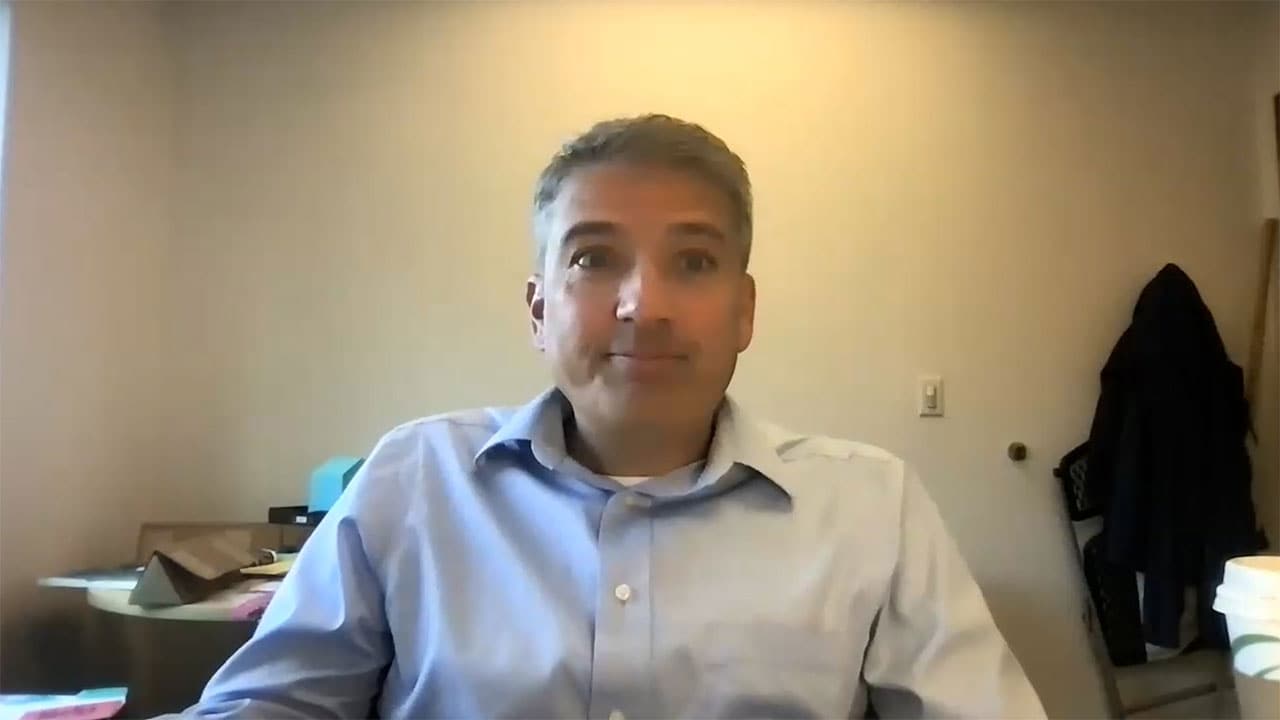Background
Herpetic whitlow is an intensely painful infection of the hand involving 1 or more fingers that typically affects the terminal phalanx. [1, 2] Herpes simplex virus 1 (HSV-1) [12] is the cause in approximately 60% of cases of herpetic whitlow, and herpes simplex virus 2 (HSV-2) is the cause in the remaining 40%.
Adamson first described herpetic whitlow in 1909, and in 1959, it was noted to be an occupational risk among healthcare workers. [2, 3]
Pathophysiology
As in other mucocutaneous herpetic infections, herpetic whitlow is initiated by viral inoculation of the host through exposure to infected body fluids via a break in the skin, most commonly a torn cuticle. The virus then invades the cells of the dermis and subcutaneous tissue, and clinical infection ensues within a matter of days. [2, 4]
In children, HSV-1 is the most likely causative agent. Infection involving the finger usually is due to autoinoculation from primary oropharyngeal lesions as a result of finger-sucking or thumb-sucking behavior in patients with herpes labialis or herpetic gingivostomatitis.
Similarly, in healthcare workers, infection with HSV-1 is more common and usually is secondary to unprotected exposure to infected oropharyngeal secretions of patients. This easily can be prevented by use of gloves and by scrupulous observation of universal fluid precautions.
In the general adult population, herpetic whitlow is most often due to autoinoculation from genital herpes; therefore, it is most frequently secondary to infection with HSV-2.
Subsequent to the initial exposure, an incubation period of 2-20 days is common. Although a prodrome of fever and malaise may be observed, most often initial symptoms are pain and burning or tingling of the infected digit. This usually is followed by erythema, edema, and the development of 1- to 3-mm grouped vesicles on an erythematous base over the next 7-10 days. These vesicles may ulcerate or rupture and usually contain clear fluid, although the fluid may appear cloudy or bloody. Lymphangitis and epitrochlear and axillary lymphadenopathy are not uncommon. After 10-14 days, symptoms usually improve significantly and lesions crust over and heal.
Viral shedding is believed to resolve at this point. Complete resolution occurs over subsequent 5-7 days.
As is typical of other herpetic infections, herpetic whitlow is characterized by a primary infection, which may be followed by a latent period with subsequent recurrences. After the initial infection, the virus enters cutaneous nerve endings and migrates to the peripheral ganglia and Schwann cells where it lies dormant. The primary infection usually is the most symptomatic. Recurrences observed in 20-50% of cases are usually milder and shorter in duration.
Epidemiology
Frequency
United States
Annual incidence is estimated at 2.4-5.0 cases per 100,000 population.
Mortality/Morbidity
Mortality related to herpetic whitlow can be presumed to be negligible.
Morbidity is related primarily to bacterial superinfection or to iatrogenic complications due to a misguided incision and drainage resulting from incorrect diagnosis of the infection as a bacterial paronychia. These complications may include delayed resolution, increased incidence of bacterial superinfection, and, rarely, systemic spread and the development of herpes encephalitis.
Sex
Males and females are affected equally by herpetic whitlow.
Age
Toddlers and preschool children are most likely to engage in thumb-sucking or finger-sucking behavior; therefore, they are susceptible to herpetic whitlow if they have herpes labialis or herpetic gingivostomatitis.
Prognosis
Patients should be advised that their prognosis for recovery is excellent and resolution should occur in 2-4 weeks.
Patient Education
Viral shedding will continue until the lesions have cleared and patients should be advised to utilize gloves or other barriers to prevent exposure and potential spread to other anatomic locations or to other persons. [2]
Patients should be advised that antiviral treatment during the initial outbreak may shorten the clinical course and may also lessen the possibility of recurrence which may be as high as 30-50%









